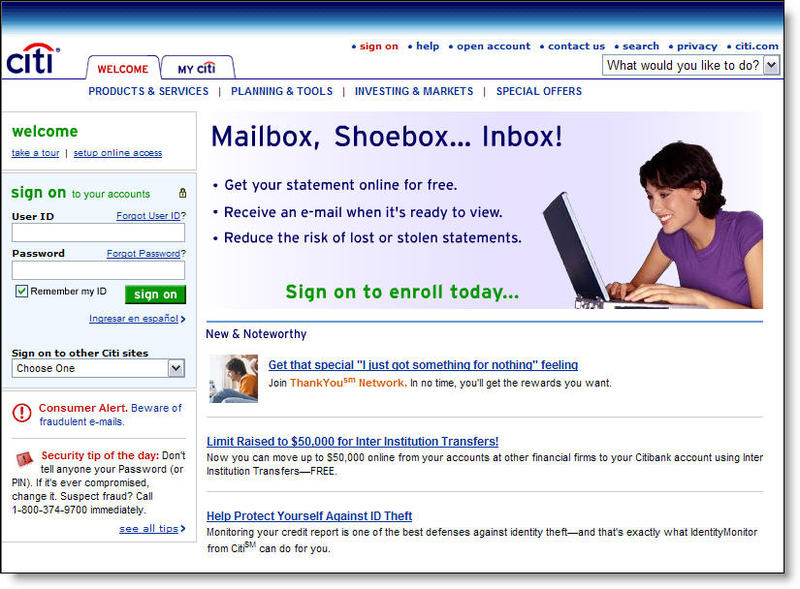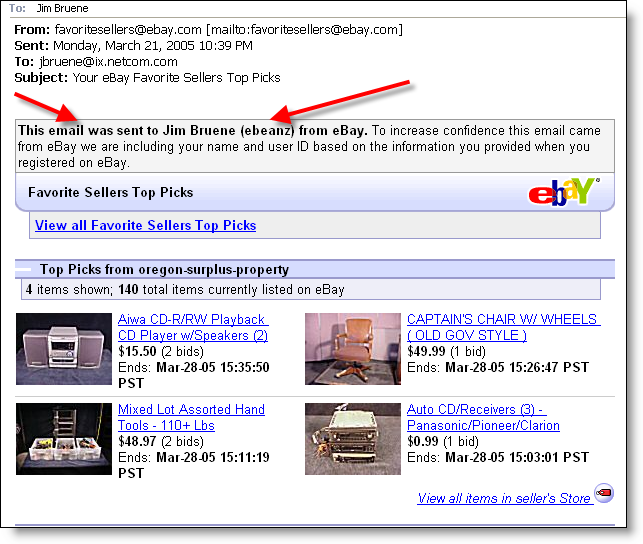Last night, Citibank sent selected checking-account customers an email solicitation for its 4.75% APR e-Savings account. I live outside its branch network, so Citi may have elected not to send the message to customers serviced by traditional branches.
 The message was direct and to the point (click on screenshot left). Citibank even included the impressive 4.75% interest rate in the message subject. The only distracting portion of the message was a garbled first word in the second paragraph. It was probably caused by incompatibilities in software rendering of the apostrophe in the first word, "there's." To avoid this type of error, make sure you proof your message in multiple email clients.
The message was direct and to the point (click on screenshot left). Citibank even included the impressive 4.75% interest rate in the message subject. The only distracting portion of the message was a garbled first word in the second paragraph. It was probably caused by incompatibilities in software rendering of the apostrophe in the first word, "there's." To avoid this type of error, make sure you proof your message in multiple email clients.
The bank continues to engender trust in its marketing messages by including the "email security" box in the upper-right corner which includes the customer's full name and last four digits of their ATM card. The security information is prominently displayed, in a blue shaded box to make it more prominent, even if the user has images blocked (see screenshot below).
The bank also includes short text messages that appear where the images would have been displayed (alt-text tags) making the message relatively readable even for users that never download the images.
Surprisingly, the landing page for the offer was a generic product page. The campaign would be much more effective if the bank had reinforced the e-Savings benefits on the landing page like it does when it advertises online (see NB March 29). Click on the following link to see a screenshot of the landing page. —JB
Appendix
Landing page
(displayed when clicking on the "signup" button in the email).
Note: I tested the link on my laptop where I am not recognized as a customer and on my desktop that saves my username in a cookie. Both times I was served the same landing page (below).











